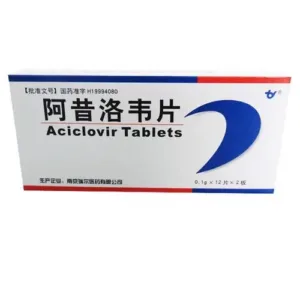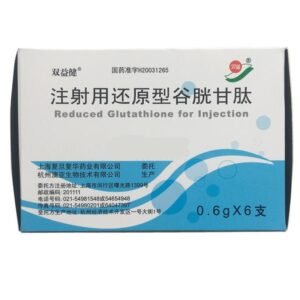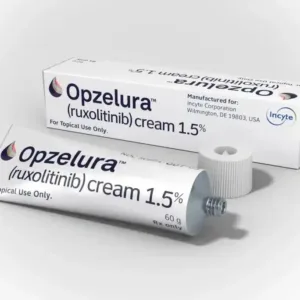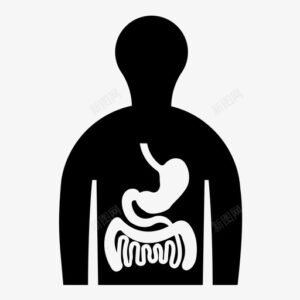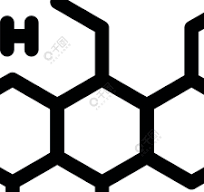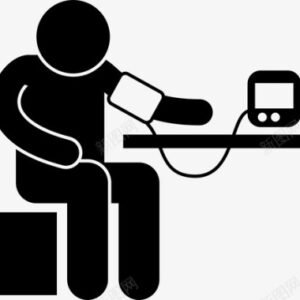Aciclovir Tablets
Effects and efficacy:
Prevent and treat skin and mucosal infections and herpetic encephalitis caused by herpes simplex virus (HSV-1, HSV-2) and varicella-zoster virus (VZV). It can treat herpetic keratitis, herpes labialis and genital herpes, and is effective for initial or recurrent symptoms. It should be administered intravenously, orally or topically as soon as possible after the onset of symptoms. Extended medication for patients with impaired immune function has clinical value, but once the drug is withdrawn, symptoms may recur. This product can promote the recovery of patients with herpes zoster and relieve pain, and the effect may be more obvious for those with impaired immune function. It is used to treat chickenpox in immunocompromised people, varicella pneumonia in pregnant women, and inhibit retinitis caused by cytomegalovirus infection. It can be used to prevent and treat cytomegalovirus Epstein-Barr virus infection, which is often associated with organ transplantation or bone marrow transplantation. It is reported that this product is more effective as a preventive medication than as a therapeutic medication. Ophthalmic preparations can be used to treat herpes simplex virus keratitis and herpes zoster ocularis, but the efficacy of deep herpes simplex virus keratitis is worse than that of superficial infection.
Dosage and Administration: Oral adult common dose for genital herpes for the first time and skin and mucous membrane herpes simplex in immunocompromised patients: 200 mg once, 5 times a day, for 10 days; or 400 mg once, 3 times a day, for 5 days. Recurrent infection: 200 mg once, 5 times a day, for 5 days. Chronic suppressive therapy for recurrent infection: 200 mg once, 3 times a day, for 6 months; if necessary, the dose can be increased to 200 mg once, 5 times a day, for 6-12 months. Herpes zoster: 800 mg once, 5 times a day, for 7-10 days. Varicella: 20 mg/kg once, 4 times a day, for 5 days, and treatment should be started immediately when symptoms appear. Adult patients with renal insufficiency should adjust the dose according to the table below. Please follow the doctor’s advice for details. Oral administration of varicella in children: Children over 2 years old should take 20 mg/kg of body weight once, 4 times a day, for 5 days. Treatment should be started immediately if symptoms occur; the common dosage for children over 40 kg is 0.8g once, 4 times a day, for 5 days; please follow the doctor’s advice for details. The dosage for children under 2 years old has not yet been determined. Children should take the medicine under the guidance of a doctor and under the supervision of an adult. Intravenous drip (adult dosage) for the initial treatment of severe genital herpes: 5 mg/kg of body weight every 8 hours (calculated as acyclovir, the same below), for 5 days. Herpes zoster: 500 mg each time, once every 8 hours; for patients with creatinine clearance of 25-49 ml/min, the above dosage should be taken once every 12 hours; for patients with creatinine clearance of 10-24 ml/min, the above dosage should be taken once every 24 hours; for patients with creatinine clearance of <10 ml/min, the dosage should be halved, once every 24 hours. The course of treatment is 7-10 days. Skin and mucous membrane herpes simplex or severe herpes zoster in immunocompromised patients: 5-10 mg/kg every 8 hours, intravenous drip for more than 1 hour, for 7-10 days. Herpes simplex encephalitis: 10 mg/kg every 8 hours, for 10 days. The maximum daily dose for adults is 30 mg/kg based on body weight, or 1.5 g/m2 based on body surface area. Intravenous drip (pediatric dosage) for the initial treatment of severe genital herpes: infants and children under 12 years old, 250 mg/m2 based on body surface area every 8 hours, for 5 days. Skin and mucous membrane herpes simplex in immunocompromised patients: infants and children under 12 years old, 250 mg/m2 based on body surface area every 8 hours, for 7 days; adults over 12 years old. Herpes simplex encephalitis: 10 mg/kg based on body weight every 8 hours, for 10 days. Immunodeficiency patients with varicella: 10 mg/kg or 500 mg/m2 every 8 hours, for 10 days. The maximum dose for children is 500 mg/m2 per body surface area every 8 hours. Use of eye drops, eye ointments, and ointments When using eye drops, place them inside the eyelids, 1-2 drops each time, once every 2 hours. After the condition is relieved, the frequency of medication can be reduced to 4-6 times a day. Eye ointment can be applied to the eyelids 4-6 times a day. Local treatment of herpes simplex infections of the skin (such as genital herpes, herpes labialis): 5% ointment or cream of this product can be used 5-6 times/day, once every 3-4 hours, for 5-7 days. Treatment of herpes simplex keratitis: 3% eye ointment can be used 5 times a day, once every 4 hours, until 3 days after recovery. Usage and dosage for other indications Hairy leukoplakia: 800 mg of this product once, orally, 4 times a day, for 2 weeks. Viral esophagitis: This product is given intravenously, for a course of 7-10 days. Flat warts: 0.25g each time, dissolve with 10 ml of 0.9% sodium chloride injection, mix with 500 ml of compound sodium chloride injection and drip intravenously, once a day. Viral keratitis: 2 parts of this product injection, 1 part of Houttuynia injection and 1 part of Danshen injection, use 0.5-0.6ml; with dexamethasone (or methylprednisolone), alternate injection of two points (or 2 injections of the main point, 1 injection of the auxiliary point), once every 1-2 days. For secondary iritis, use 1% atropine eye drops, 3 times a day.
Adverse reactions:
Common adverse reactions: may cause nausea, vomiting, diarrhea, stomach discomfort, loss of appetite, thirst, etc. Rare adverse reactions: dizziness, headache, fever, joint pain, decreased white blood cells, slight increase in proteinuria and urea nitrogen, skin itching, etc. Long-term administration occasionally causes hemorrhoids, insomnia and menstrual disorders. Rare adverse reactions include: coma, confusion, hallucinations, epilepsy, lower limb convulsions, tongue and hands and feet numbness, tremor, general fatigue and other central nervous system symptoms. There are also reports of immunodeficient patients dying from thrombotic thrombocytopenic purpura-hemolytic uremic syndrome after taking the drug. If the following symptoms persist or are obvious, attention should be paid: long-term oral use of this product may cause joint pain, diarrhea, headache, nausea, vomiting, dizziness (mostly short-term use), etc.
Drug contraindications:
This product is contraindicated if you are allergic to it
Share:
Products
Our offers
Health Classification
Let us work together to protect precious health




